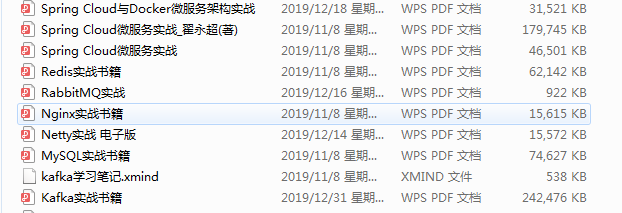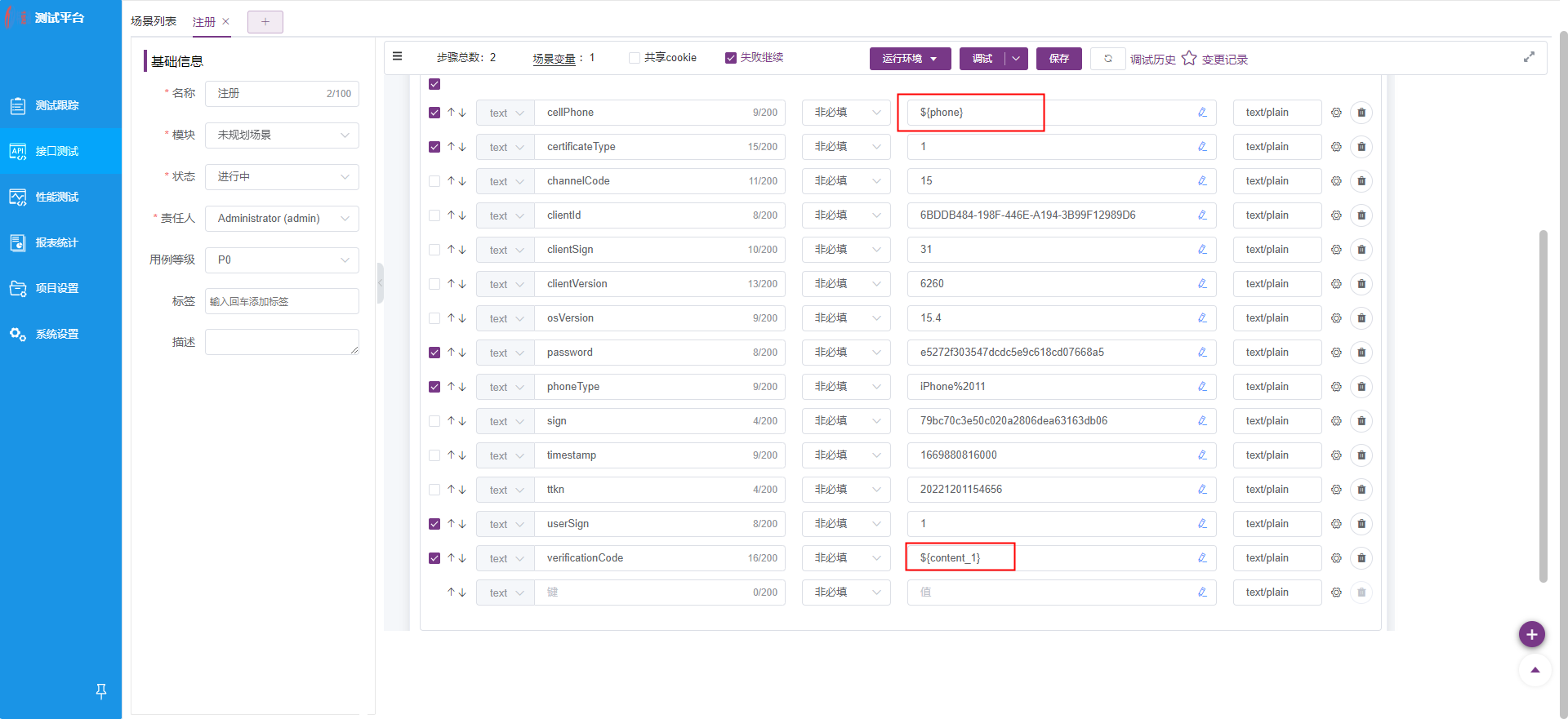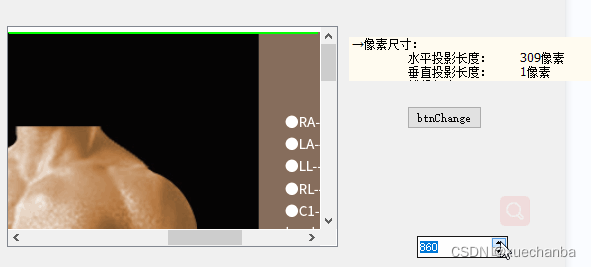2 Vue组件化编程
2.1 模块与组件、模块化与组件化
2.1.1 模块
- 理解:向外提供特定功能的js程序,一般就是一 个js文件
- 为什么: js 文件很多很复杂
- 作用:复用js,简化js的编写,提高js运行效率
2.1.2 组件
- 理解:用来实现局部(特定)功能效果的代码集合(html/css/js/image…)
- 为什么:一个界面的功能很复杂
- 作用:复用编码,简化项目编码,提高运行效率
2.1.3 模块化
当应用中的js都以模块来编写的,那这个应用就是一个模块化的应用。
2.1.4 组件化
当应用中的功能都是多组件的方式来编写的,那这个应用就是一个组件化的应用。
2.2 非单文件组件
基本使用
Vue中使用组件的三大步骤:
- 定义组件(创建组件)
- 注册组件
- 使用组件(写组件标签)
定义组件
使用Vue.extend(options)创建,其中options和new Vue(options)时传入的那个options几乎一样,但也有点区别;
区别如下:
- el不要写,为什么? ——— 最终所有的组件都要经过一个vm的管理,由vm中的el决定服务哪个容器。
- data必须写成函数,为什么? ———— 避免组件被复用时,数据存在引用关系。
讲解一下面试小问题:data必须写成函数:
这是 js 底层设计的原因:举个例子
对象形式
let data = {
a: 99,
b: 100
}
let x = data;
let y = data;
// x 和 y 引用的都是同一个对象,修改 x 的值, y 的值也会改变
x.a = 66;
console.loh(x); // a:66 b:100
console.log(y); // a:66 b:100
函数形式
function data() {
return {
a: 99,
b: 100
}
}
let x = data();
let y = data();
console.log(x === y); // false
// 我的理解是函数每调用一次就创建一个新的对象返回给他们
备注:使用template可以配置组件结构。
创建一个组件案例:Vue.extend() 创建
<script type="text/javascript">
Vue.config.productionTip = false
//第一步:创建school组件
const school = Vue.extend({
template:`
<div class="demo">
<h2>学校名称:{{schoolName}}</h2>
<h2>学校地址:{{address}}</h2>
<button @click="showName">点我提示学校名</button>
</div>
`,
// el:'#root', //组件定义时,一定不要写el配置项,因为最终所有的组件都要被一个vm管理,由vm决定服务于哪个容器。
data(){
return {
schoolName:'尚硅谷',
address:'北京昌平'
}
},
methods: {
showName(){
alert(this.schoolName)
}
},
})
//第一步:创建student组件
const student = Vue.extend({
template:`
<div>
<h2>学生姓名:{{studentName}}</h2>
<h2>学生年龄:{{age}}</h2>
</div>
`,
data(){
return {
studentName:'张三',
age:18
}
}
})
//第一步:创建hello组件
const hello = Vue.extend({
template:`
<div>
<h2>你好啊!{{name}}</h2>
</div>
`,
data(){
return {
name:'Tom'
}
}
})
</script>
注册组件
- 局部注册:靠new Vue的时候传入components选项
- 全局注册:靠Vue.component(‘组件名’,组件)
局部注册
<script>
//创建vm
new Vue({
el: '#root',
data: {
msg:'你好啊!'
},
//第二步:注册组件(局部注册)
components: {
school: school,
student: student
// ES6简写形式
// school,
// student
}
})
</script>
全局注册
<script>
//第二步:全局注册组件
Vue.component('hello', hello)
</script>
写组件标签
<!-- 准备好一个容器-->
<div id="root">
<hello></hello>
<hr>
<h1>{{msg}}</h1>
<hr>
<!-- 第三步:编写组件标签 -->
<school></school>
<hr>
<!-- 第三步:编写组件标签 -->
<student></student>
</div>
几个注意点:
关于组件名:
一个单词组成:
- 第一种写法(首字母小写):school
- 第二种写法(首字母大写):School
多个单词组成:
- 第一种写法(kebab-case命名):my-school
- 第二种写法(CamelCase命名):MySchool (需要Vue脚手架支持)
备注:
(1).组件名尽可能回避HTML中已有的元素名称,例如:h2、H2都不行。
(2).可以使用name配置项指定组件在开发者工具中呈现的名字。
eg:
const s = Vue.extend({
name: 'atguigu',
template: `
<div>
<h2>学校名称:{{name}}</h2>
<h2>学校地址:{{address}}</h2>
</div>
`,
data() {
return {
name: 'yaya',
address:'北京'
}
}
})

关于组件标签:
第一种写法:<school></school>
第二种写法:<school/>
备注:不用使用脚手架时,<school/>会导致后续组件不能渲染。
一个简写方式:
const school = Vue.extend(options) 可简写为:const school = options
组件的嵌套
比较简单,直接展示代码:
<!-- 准备好一个容器-->
<div id="root">
</div>
<script type="text/javascript">
Vue.config.productionTip = false //阻止 vue 在启动时生成生产提示。
//定义student组件
const student = Vue.extend({
name:'student',
template:`
<div>
<h2>学生姓名:{{name}}</h2>
<h2>学生年龄:{{age}}</h2>
</div>
`,
data(){
return {
name:'尚硅谷',
age:18
}
}
})
//定义school组件
const school = Vue.extend({
name:'school',
template:`
<div>
<h2>学校名称:{{name}}</h2>
<h2>学校地址:{{address}}</h2>
<student></student>
</div>
`,
data(){
return {
name:'尚硅谷',
address:'北京'
}
},
// 注册组件(局部)
components:{
student
}
})
//定义hello组件
const hello = Vue.extend({
template:`<h1>{{msg}}</h1>`,
data(){
return {
msg:'欢迎来到尚硅谷学习!'
}
}
})
//定义app组件
const app = Vue.extend({
template:`
<div>
<hello></hello>
<school></school>
</div>
`,
components:{
school,
hello
}
})
//创建vm
new Vue({
template:'<app></app>',
el:'#root',
//注册组件(局部)
components:{app}
})
</script>
VueComponent
- school组件本质是一个名为VueComponent的构造函数,且不是程序员定义的,是Vue.extend生成的。
- 我们只需要写<school/>或<school></school>,Vue解析时会帮我们创建school组件的实例对象,即Vue帮我们执行的:new VueComponent(options)。
- 特别注意:每次调用Vue.extend,返回的都是一个全新的VueComponent!(这个VueComponent可不是实例对象)
- 关于this指向:
- 组件配置中:data函数、methods中的函数、watch中的函数、computed中的函数 它们的this均是【VueComponent实例对象】。
- new Vue(options)配置中:data函数、methods中的函数、watch中的函数、computed中的函数 它们的this均是【Vue实例对象】。
- VueComponent的实例对象,以后简称vc(也可称之为:组件实例对象)。Vue的实例对象,以后简称vm。
Vue 在哪管理 VueComponent

一个重要的内置关系
- 一个重要的内置关系:VueComponent.prototype._proto_ === Vue.prototype
- 为什么要有这个关系:让组件实例对象(vc)可以访问到 Vue原型上的属性、方法。

2.3 单文件组件
单文件组件就是将一个组件的代码写在 .vue 这种格式的文件中,webpack 会将 .vue 文件解析成 html,css,js这些形式。
来做个单文件组件的案例:
School.vue
<template>
<div class="demo">
<h2>学校名称:{{name}}</h2>
<h2>学校地址:{{address}}</h2>
<button @click="showName">点我提示学校名</button>
</div>
</template>
<script>
export default {
name:'School',
data(){
return {
name:'尚硅谷',
address:'北京昌平'
}
},
methods: {
showName(){
alert(this.name)
}
},
}
</script>
<style>
.demo{
background-color: orange;
}
</style>
Student.vue
<template>
<div>
<h2>学生姓名:{{name}}</h2>
<h2>学生年龄:{{age}}</h2>
</div>
</template>
<script>
export default {
name:'Student',
data(){
return {
name:'张三',
age:18
}
}
}
</script>
App.vue
用来汇总所有的组件(大总管)
<template>
<div>
<School></School>
<Student></Student>
</div>
</template>
<script>
//引入组件
import School from './School.vue'
import Student from './Student.vue'
export default {
name:'App',
components:{
School,
Student
}
}
</script>
main.js
在这个文件里面创建 vue 实例
import App from './App.vue'
new Vue({
el:'#root',
template:`<App></App>`,
components:{App},
})
index.html
在这写 vue 要绑定的容器
<!DOCTYPE html>
<html>
<head>
<meta charset="UTF-8" />
<title>练习一下单文件组件的语法</title>
</head>
<body>
<!-- 准备一个容器 -->
<div id="root"></div>
<script type="text/javascript" src="../js/vue.js"></script>
<script type="text/javascript" src="./main.js"></script>
</body>
</html>

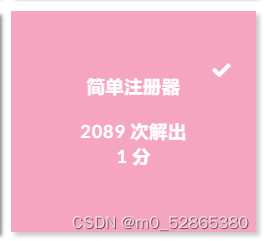



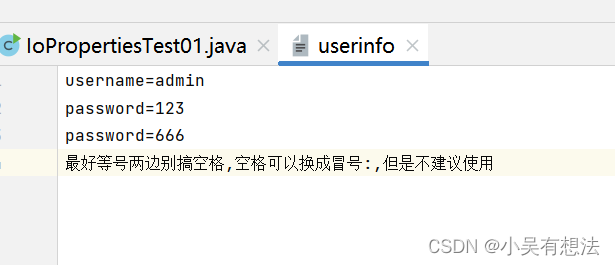
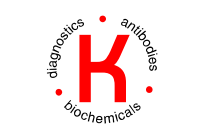
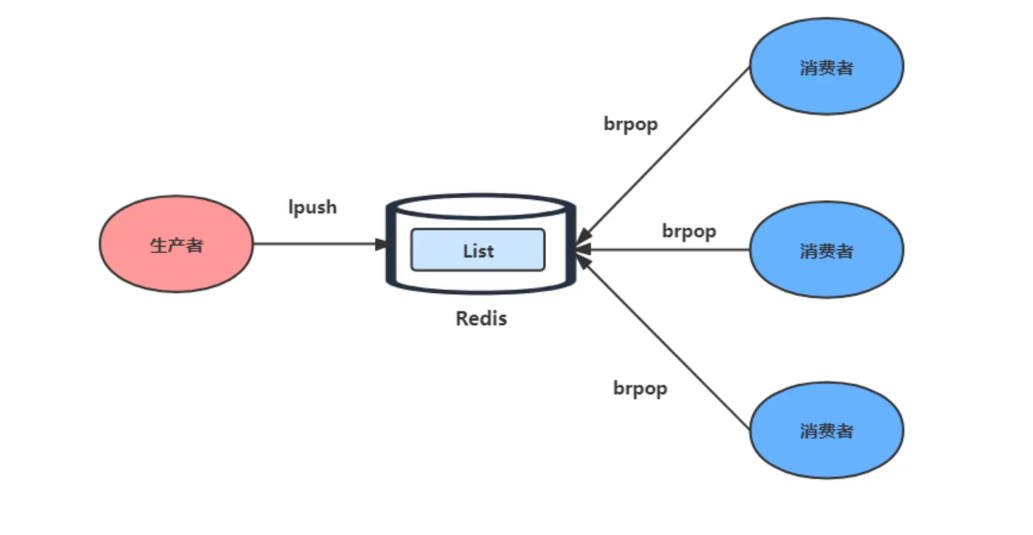
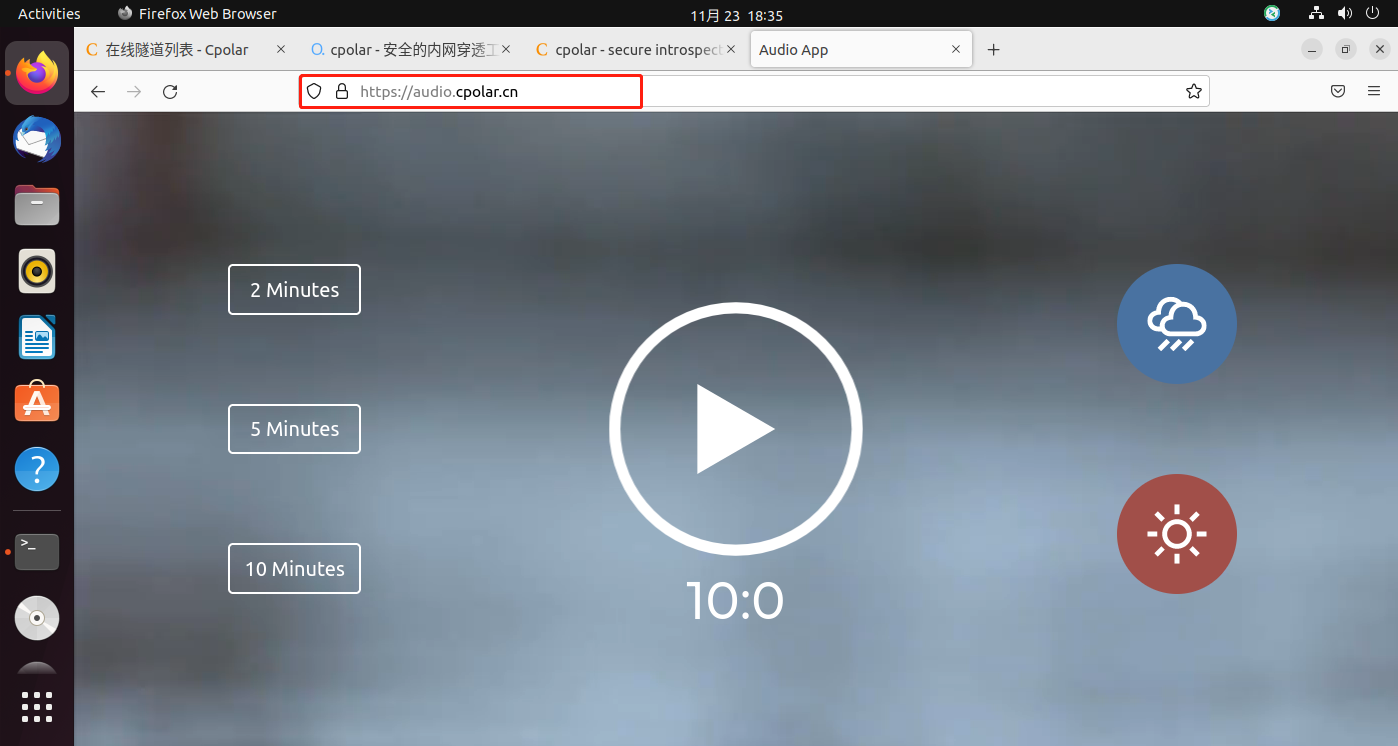
![[附源码]计算机毕业设计springboot校园招聘微信小程序](https://img-blog.csdnimg.cn/270373554f964f5fbd64f3ba4e061226.png)
![[附源码]计算机毕业设计自行车租赁管理系统Springboot程序](https://img-blog.csdnimg.cn/aa9b23adc16440e499713ab513fd5abe.png)

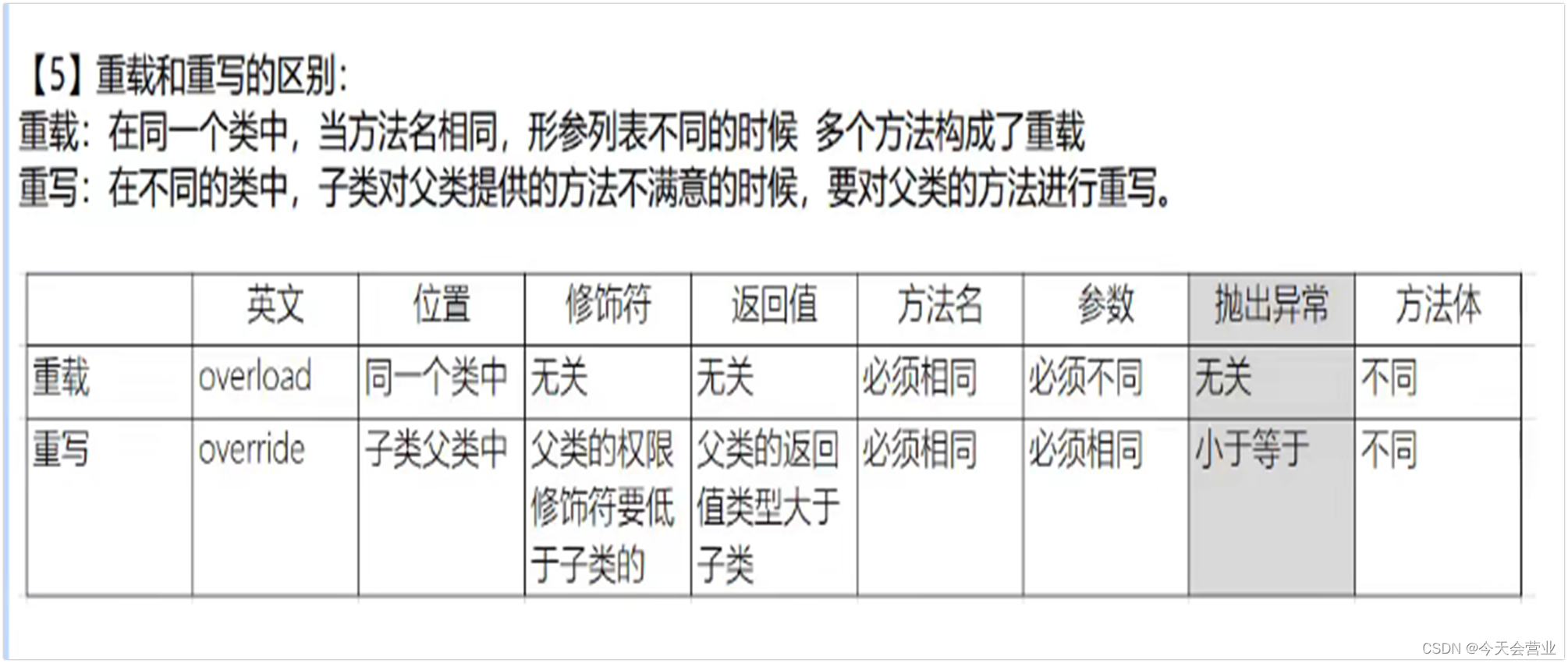
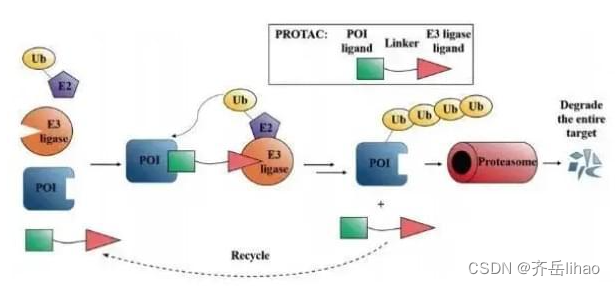
![[附源码]JAVA毕业设计基于vue技术的汽车维修检测系统设计与实现(系统+LW)](https://img-blog.csdnimg.cn/b0c51ef028ad43b59d576b8f9096b92d.png)

